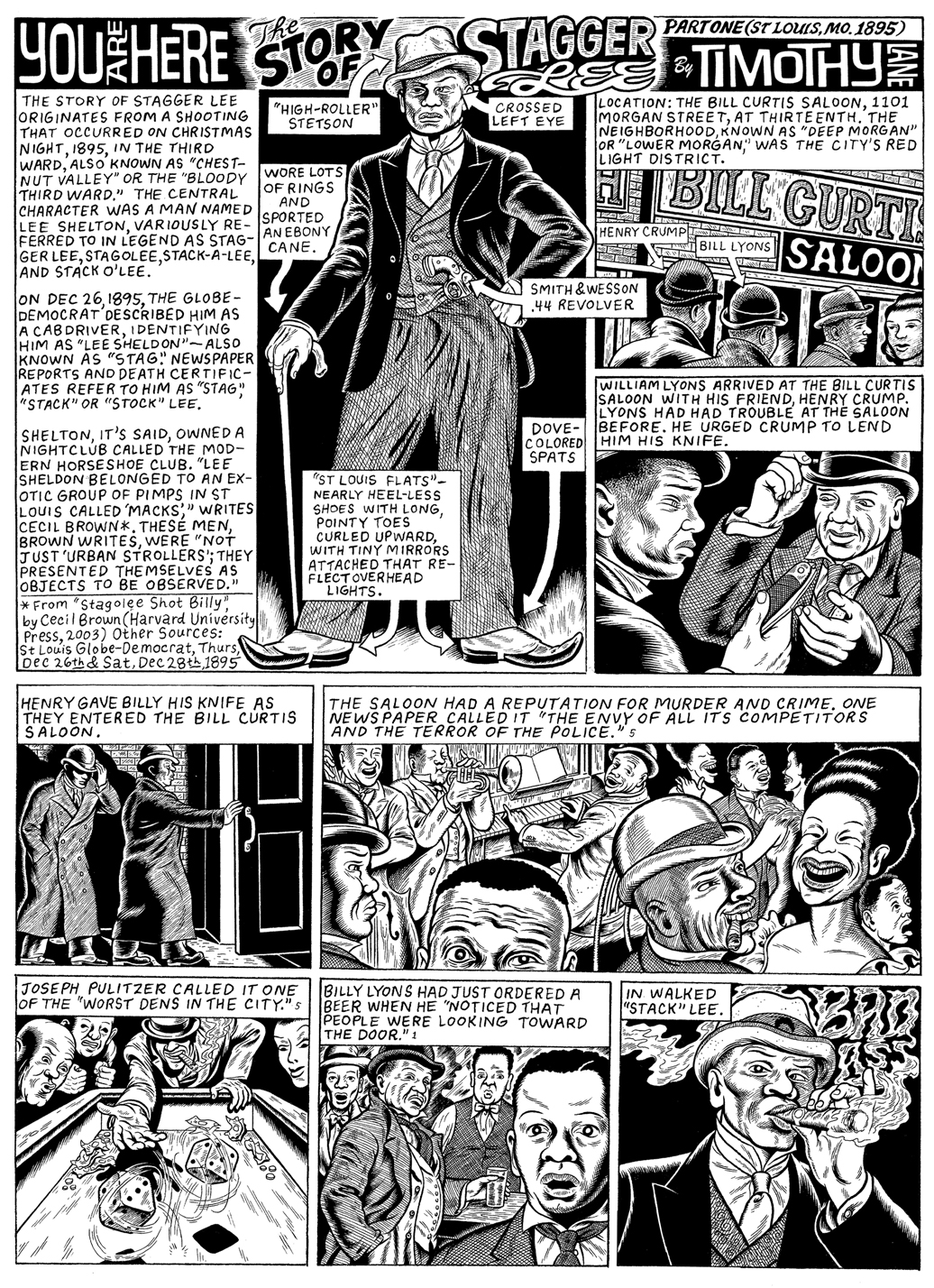Last week I wrote about the connection between toasting and jive talking from Cab Calloway and Albert Lavada Hurst, which writer and historian Beth Lesser brought my attention to through her work. This week I continue this connection between the jive talking DJs in America and toasters like Count Matchuki, Sir Lord Comic, and King Stitt and I focus on a few of the key DJs during the 1950s.

Dr. Daddy O
One of these jive-talking DJs was Vernon Winslow who broadcast his show, “Jam, Jive, ‘n’ Gumbo,” from New Orleans with his character, “Dr. Daddy O,” and partner DJ Duke Thiele who portrayed the character of “Poppa Stoppa.” Winslow explains, “Poppa Stoppa was the name I came up with. It came from the rhyme and rap that folks in the street were using in New Orleans. Poppa Stoppa’s language was for insiders.”

Vernon Winslow, also known as Dr. Daddy O, was the first African-American disc jockey.
Tommy Smalls was a DJ in New York known as “Dr. Jive,” though he got his start in Savannah, Georgia. His catch phrase was, “Sit back and relax and enjoy the wax. From three-oh-five to five-three-oh, it’s the Dr. Jive show.” He was known as the “Mayor of Harlem” and unfortunately, in 1960 he was one of the DJs arrested, along with Alan Freed, in the payola scandal.

Tommy Smalls plants a kiss on Dinah Washington.

Dr. Jive
And Douglas Henderson, known as “Jocko” broadcast from a number of cities with his show, “Rocket Ship.” Henderson was also known as the “Ace from Outta Space.”Author Bill Brewster writes of Henderson: “Using a rocket ship blast-off to open proceedings, and introducing records with more rocket engines and ‘Higher, higher, higher…’ Jocko conducted his whole show as if he was a good-rocking rhythmonaut. ‘Great gugga mugga shooga booga’ he’d exclaim, along with plenty of ‘Daddios.’ ‘From way up here in the stratosphere, we gonna holler mighty loud and clear ee-tiddy-o and a bo, and I’m back on the scene with the record machine, saying oo-pappa-do and how do you do?”

The Ace from Outta Space, Douglas Henderson

Notice any similarity between the jive talking of these DJs and the toasts of Lord Comic and Count Matchuki? Some of Matchuki’s toasts have the same language as the jive of these DJs. Matchuki’s toast include “When I dig, I dig for mommy, I dig for daddy, I dig for everybody,” and “It’s you I love and not another, you may change but I will never,” as well as, “If you dig my jive / you’re cool and very much alive / Everybody all round town / Matchuki’s the reason why I shake it down / When it comes to jive / You can’t whip him with no stick.”
Count Matchuki, born Winston Cooper in 1934, is widely considered the first toaster. He was raised in a family that had more money than others so
he grew up with two gramophones in the home and was exposed to swing, jazz, bebop, and rhythm & blues. He says that he got the idea to begin toasting over records after hearing American radio. He told this to Mark Gorney and Michael Turner as they recount in a 1996 issue of Beat Magazine. “I was walking late one night about a quarter to three. Somewhere in Denham Town. And I hear this guy on the radio, some American guy advertising Royal Crown Hair Dressing. ‘You see you’re drying up with this one, Johnny, try Royal Crown. When you’re downtown you’re the smartest guy in town, when you use Royal Crown and Royal Crown make you the smartest guy in town.’ That deliverance! This guy sound like a machine! A tongue-twister! I heard that in 1949. On one of them States stations that was really strong. I hear this guy sing out ‘pon the radio and I just like the sound. And I say, I think I can do better. I’d like to play some recordings and just jive talk like this guy.”

Count Matchuki
Sir Lord Comic, whose real name was Percival Wauchope, began as a dancer, a “legs man.” He began toasting for Admiral Deans’ sound system on Maxwell Avenue in 1959 and his first song was a Len Hope tune called “Hop, Skip, and Jump.” In Howard Johnson and Jim Pines’ book,
Reggae: Deep Roots Music, Sir Lord Comic recalls, “When the tune started into about the fourth groove I says, ‘Breaks!’ and when I say ‘Breaks’ I have all eyes at the amplifier, y’know. And I says, ‘You love the life you live, you live the life you love. This is Lord Comic.’ The night was exciting, very exciting” (Johnson Pines 72). Lord Comic’s first toast, he says, was, “Now we’ll give you the scene, you got to be real keen. And me no jelly bean. Sir Lord Comic answer his spinning wheel appeal, from his record machine. Stick around, be no clown. See what the boss is puttin’ down.”

Sir Lord Comic
One article in the
Daily Gleaner on May 1, 1964 advertised Sir Lord Comic’s performance at the Glass Bucket Club, an upscale establishment. “Sir Lord Comic will be at the controls with his authentic sound system calls,” it stated. Some of his recorded songs include “Ska-ing West,” “The Great Wuga Wuga,” “Rhythm Rebellion,” “Jack of My Trade,” and “Four Seasons of the Year,” among a few others.
Sir Lord Comic’s “The Great Wuga Wuga” was likely inspired by the jive talk of Douglas “Jocko” Henderson who spoke of the “great gugga mugga.” Additionally, Henderson’s show, “Rocket Ship,” became a song recorded by the Skatalites with Sir Lord Comic toasting over the instrumentals, calling out the title of the song to begin the instrumentals and continuing with his percussive techniques.
when did i say anything about herc rapping bruv
















 . This is 1968 in America
. This is 1968 in America




 jesus christ breh, u win
jesus christ breh, u win


